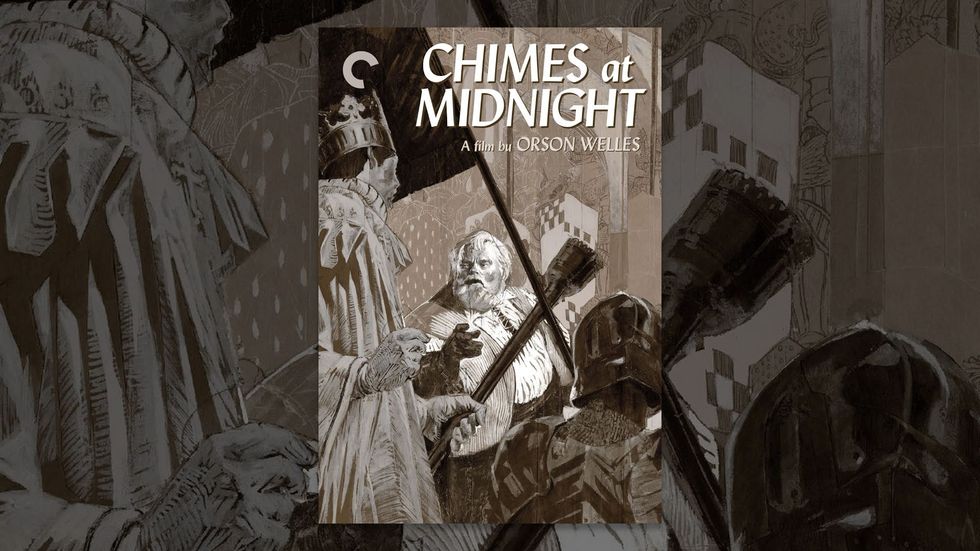Orson Welles is, without question, one of the most influential filmmakers ever, after launching his career to stardom with masterpiece Citizen Kane from 1941. Despite being influential, he was nearly impossible to work with as he was one who constantly struggled for creative control and with independent financiers, which caused a lot of his films to be either heavily edited or become unreleased. One of his works that is pretty overlooked, in my opinion, is Chimes At Midnight . While it certainly may not be his best, it is still a terrific piece of filmmaking. When adapting Shakespeare to the big screen, only a handful of filmmakers have been successful and this time around - Welles had adapted Shakespeare twice prior to Chimes At Midnight, with Macbeth and Othello. This is, without question, the best of the three and the cinematography, costumes, production design and anything from a technical standpoint is what makes this film a wonderful watch.
From the opening alone, you are amazed by the cinematography from Edmond Richard, who had worked with Welles prior to 1962’s The Trial. In an amazing conversation between John Falstaff and Justice Shallow, the dialogue finds its ways of being sharp and well-delivered. But, the mixture of the black-and-white imagery, along with the contrasting light on Falstaff’s face and the darkness surrounding him, the film immediately includes a feeling of an autumn-like reflection. The feeling of being engaged while watching Chimes At Midnight for me began when Welles’ delivery of “We have heard the chimes at midnight, Master Shallow,” happened and a sense of awe was flying in mind. I realized this was going to be a very special watch from both a filmmaking standpoint and an acting standpoint. There is a lot more than can be said about the way Welles crafted together this film, but it just got better as it moved along at a wonderful pace.
The sequence that got to me the most was in the middle of the film when the iconic Battle of Shrewsbury sequence was occurring. I can definitely sense vibes of the D-Day invasion opening from Steven Spielberg’s Saving Private Ryan, despite that film coming out over 30 years later. That sequence was heavy on the graphic violence and desaturated colors to express the terror racing through the soldiers when fighting on that beach, but with what Welles does with the Shrewsbury sequence in Chimes At Midnight is that he utilizes Richard’s camerawork in a beautiful matter. He expresses in staccato bursts of anonymous armored bodies whizzing past the camera, falling into the mud, one quick shot after another and it leaves an indescribable feeling when watching. It is all strung together with triumphant music and the black-and-white color scheme definitely adds a chilling effect to it.
I really loved watching Chimes At Midnight and could not be more than amazed when looking at the beautiful imagery crafted by the brilliant minds of Welles and Richard, respectively. The battle sequence was what really made me enjoy watching this film and when looking back on it - I can see how it might have inspired some battle sequences in films that have come out since Chimes At Midnight’s release in 1965. When shooting in black-and-white, some audiences might get thrown off by it and somehow it works strongly here. If the film were to have been shot in color, I don’t think the subtle vibes would have been there. That’s what I took away from watching Orson Welles’ masterpiece.



















